'Cube' as a Result of Carbon Concrete Composite Research
The 'Cube' project began in 2021 as a Carbon Concrete Composite (CCC) research program by the German architectural firm Henn and the Technical University of Dresden. Recently, the Cube project was declared completed. In addition, the 243-square-meter building was built as a new material testing and provided a laboratory and event space for the campus.

front view Cube, Photo by Stefan Mueller
The building is designed with a thin, winding façade where walls and ceilings connect to an organic whole. Cube's design is equipped with fairly spacious glass on both sides and on the part of the roof where the glass is placed cutting the volume diagonally. The glass's wavy shape reflects the building's twisted shape while framing the surrounding garden scenery.
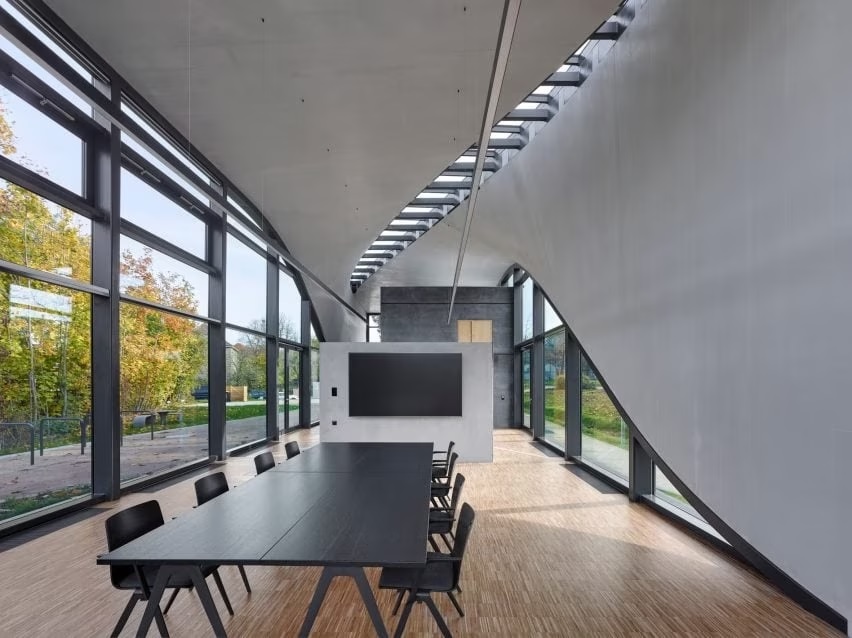
Interior Cube, Photo by Stefan Mueller
Cube concrete elements are made using two fabrication methods: light-colored bent facades are made using shotcrete sprayed onto carbon fiber sheets superimposed on wood formwork, while smaller dark grey boxes are made from prefabricated concrete panels that also contain a layer of carbon sheets. Carbon sheets of ultra-thin threads are made of almost pure carbon crystals using a thermal decomposition process called pyrolysis.
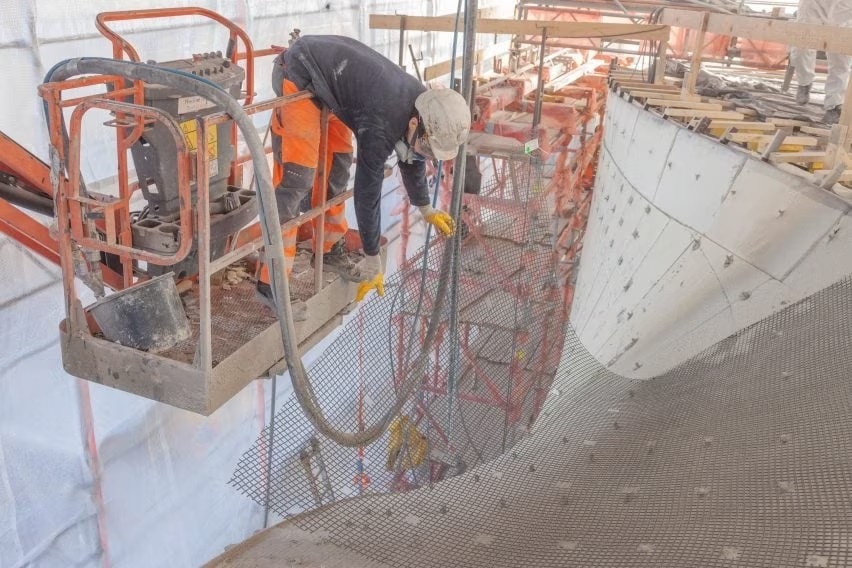
The outer shell of the building is made by spraying concrete onto sheets of carbon fiber. Photo by Stefan Groeschel
Carbon fiber is believed to be four times lighter, six times stronger than steel, and not subject to corrosion. With carbon fiber, the components and structures can be designed thinner, saving 50 percent or more material savings. This can reduce CO2 emissions and the consumption of other valuable resources, such as water and sand. In addition, carbon fiber is conductive and flowing light currents through it can generate heat. It can even be used to monitor structural integrity.
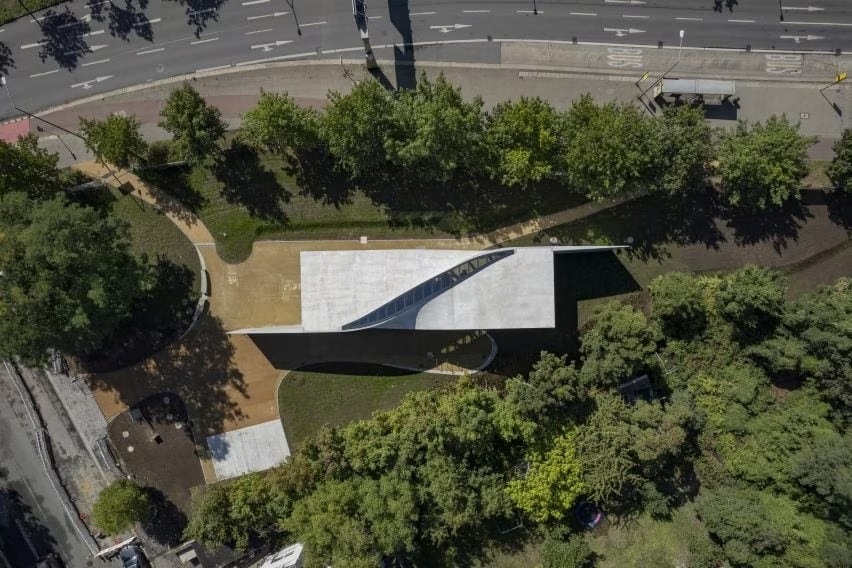
Top view Cube, Photo by Stefan Groeschel
According to researchers, studies have shown that carbon concrete has about 30 percent less global warming potential (GWP) than conventional construction. Although carbon fiber has a high carbon footprint, about eight times more carbon intensive than steel per unit weight, less material is needed as reinforcement due to its strength. The rust-resistant properties of carbon fiber will also give concrete a long life that the researchers say is "significantly improved" compared to conventional concrete buildings.
Research on benton is also being developed by many researchers, examples of which include Seratech carbon-neutral concrete made using carbon dioxide captured directly from factory chimneys and University of Colorado algae concrete.

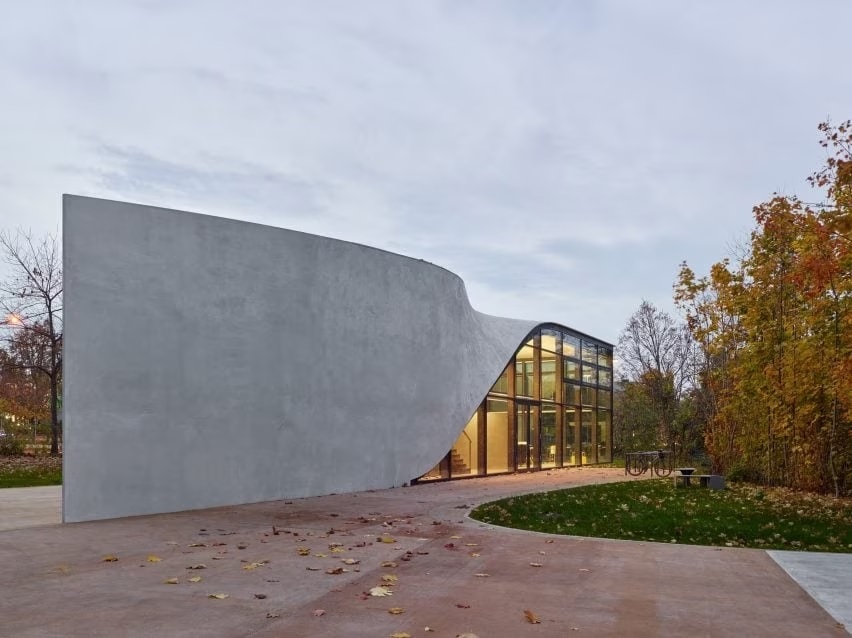



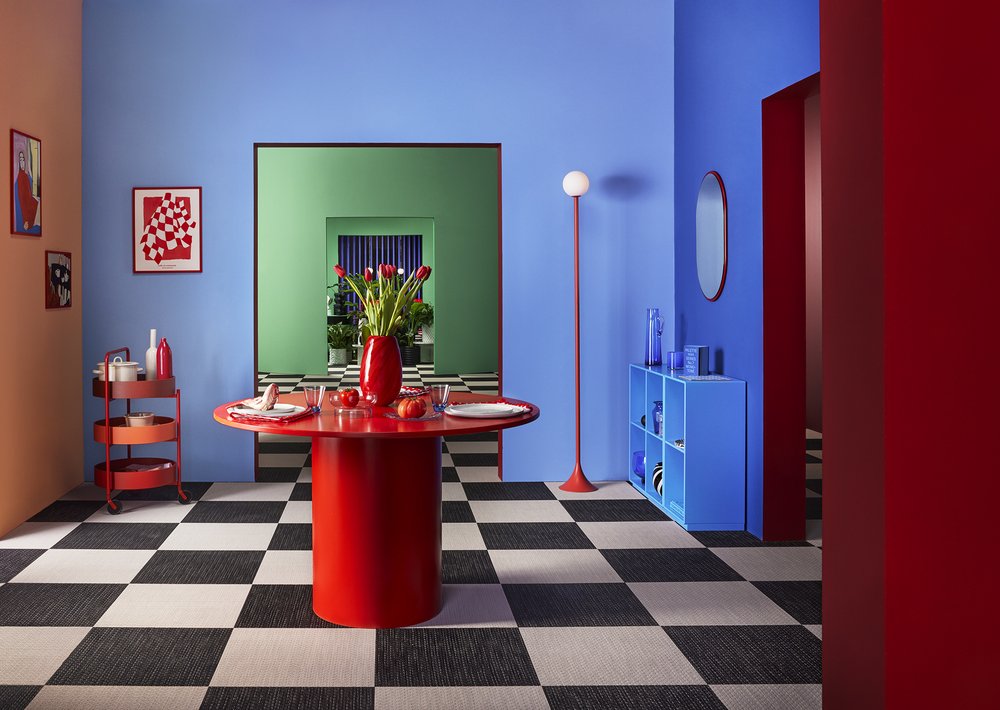


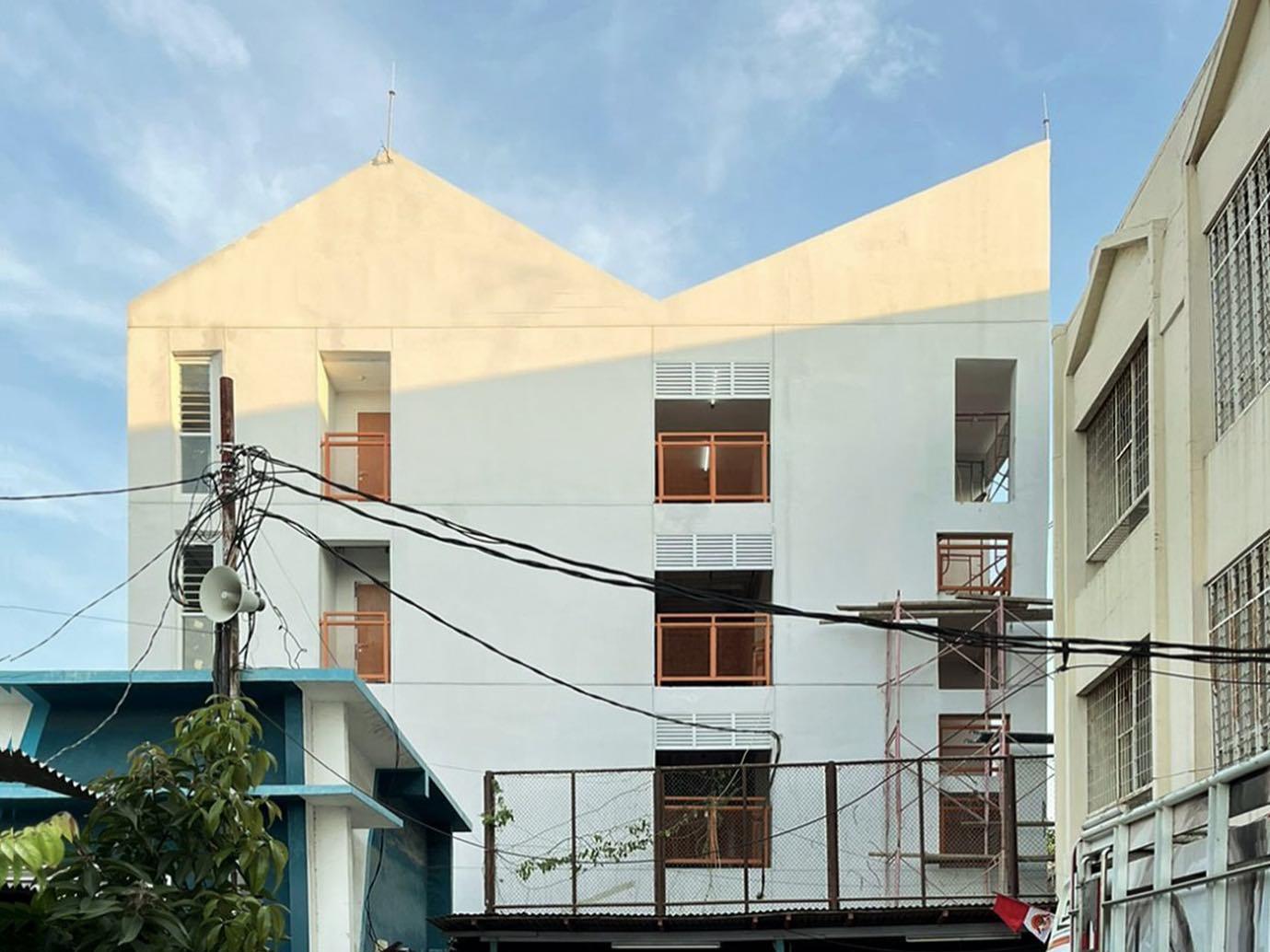

Authentication required
You must log in to post a comment.
Log in